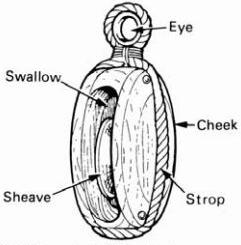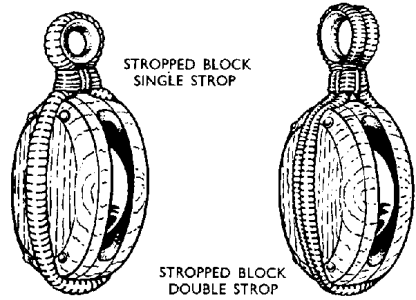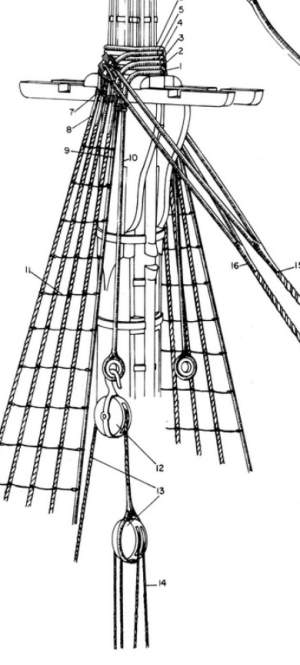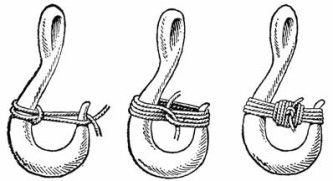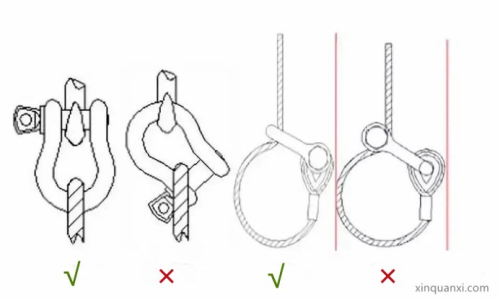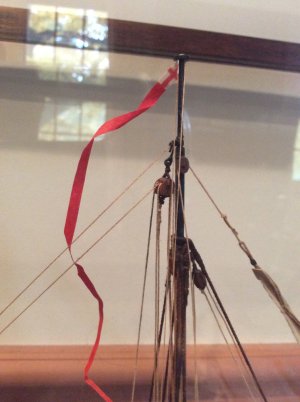I have just completed the wood construction phase of my first ship build and
now getting prepared for the Rigging Phase...
Is there a chart out there that indicates correct rope size for rigging the various blocks (seized to eyebolts etc) - looking for rope diameter specifically? I'm able to convert full scale size to this model (which is 1/48th scale).
I have great references for the actual rigging lines. Some involve circumference and a few discuss diameter. I am specifically looking for the rope that actually secures the block - not the rope that runs through the sheaves.
I'll be using the following block sizes and want to ensure that I select the correct diameter rope for each block :
3.0mm - single sheave
3.5mm- single sheave
4.5mm - single sheave
5.0mm - single sheave
5.0mm- double sheave
5.0mm - triple sheave
7.0mm - double sheave
8.0mm - triple sheave
Build Log: https://shipsofscale.com/sosforums/...-artesania-latina-build-log.13917/post-441407
now getting prepared for the Rigging Phase...
Is there a chart out there that indicates correct rope size for rigging the various blocks (seized to eyebolts etc) - looking for rope diameter specifically? I'm able to convert full scale size to this model (which is 1/48th scale).
I have great references for the actual rigging lines. Some involve circumference and a few discuss diameter. I am specifically looking for the rope that actually secures the block - not the rope that runs through the sheaves.
I'll be using the following block sizes and want to ensure that I select the correct diameter rope for each block :
3.0mm - single sheave
3.5mm- single sheave
4.5mm - single sheave
5.0mm - single sheave
5.0mm- double sheave
5.0mm - triple sheave
7.0mm - double sheave
8.0mm - triple sheave
Build Log: https://shipsofscale.com/sosforums/...-artesania-latina-build-log.13917/post-441407
Last edited:





